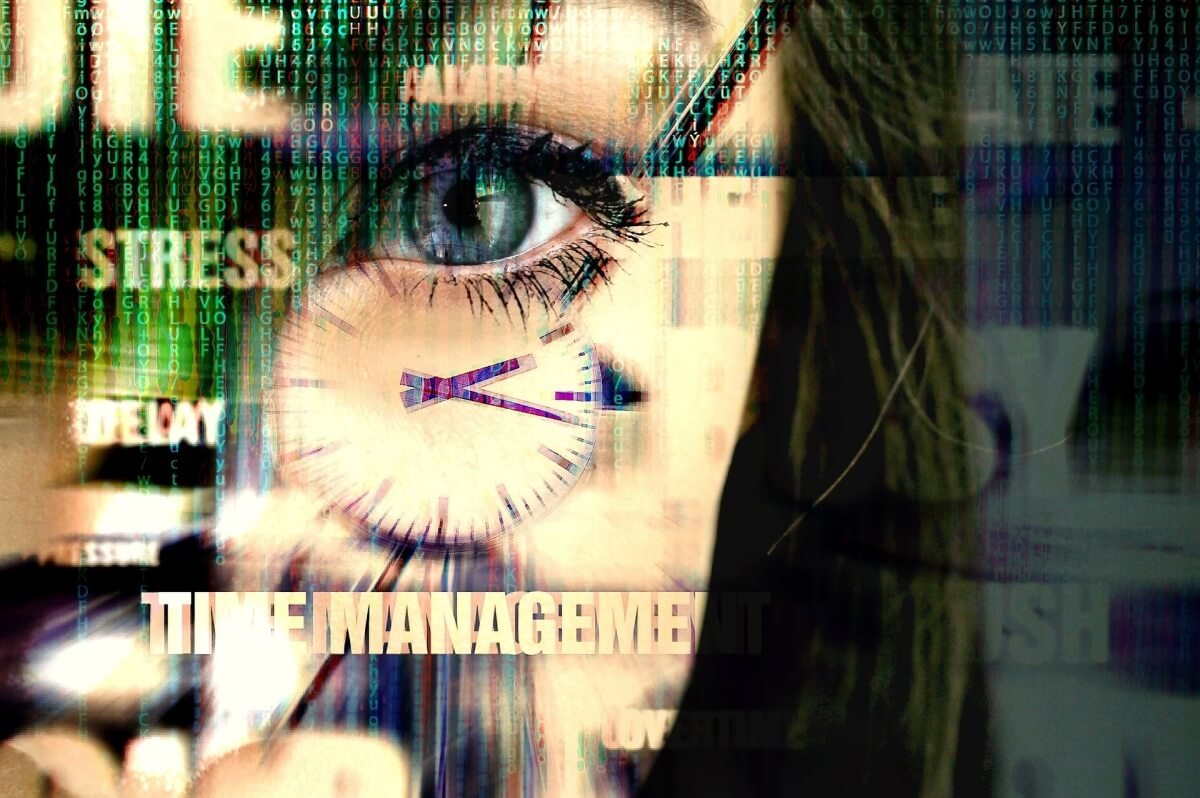Adolescent Depression: Debunking The Myths
Adolescence is the period of transition from childhood to adulthood. World Health Organization (WHO) defines adolescents as people in the age group of 10-19 years.1 It is a unique and dynamic period where a wide range of physical, emotional, sexual and social transformations occur that can put adolescents at high risk of developing depression. Across the globe, depression is the fourth leading cause of disability, and suicide is the third major cause of death among adolescents in the age group of 15-19 years.1 Hence, early identification and timely and adequate management of depression are of immense importance for their well-being during adolescence and for their potential to have a productive and fulfilling adulthood.2
However, there are many myths and misconceptions about depression, which makes the adolescents vulnerable to stigma and prejudice, and often result in reluctance to seek treatment, lack of understanding by family, peers and society, greater personal and social impairment, and lower educational attainment. This article aims to address some of the common myths surrounding adolescent depression and unveil the realities about them.
Myth: Depression is not a real illness.
Fact: Depression is a serious medical condition, and one of the top causes of disability among adolescents. But it’s often confused with ordinary sadness and regarded only as a passing phase. Studies of genetics, neurotransmitters, structural and functional brain imaging; all support biological basis of depression.
Myth: Depression and sadness is the same thing.
Fact: People often confuse depression with ordinary sadness. In reality, depression is a specific clinical condition, not a particular emotion or feeling. Unlike sadness, depressive episodes last for at least two weeks and significantly color a person’s thoughts, feelings, and actions.
Myth: Depression occurs only in adults.
Fact: Depression can occur at any age, but it is often difficult to recognize in adolescents as they frequently present with nonspecific signs and symptoms. Research suggests that half of all mental illnesses began by age 14 and three-fourths start by age 243. A study from Chandigarh, India found a prevalence rate of 7.6 % for major depressive disorder among school going adolescents4.
Myth: Depression can be easily identified in adolescents.
Fact: Not all adolescents with depression present with typical symptoms such as sadness and lethargy. In fact, adolescents often may have nonspecific symptoms such as irritability, aggression, declining grades at school, school refusal, medically unexplained physical symptoms such as headache, stomachache etc making them difficult to be diagnosed.
Myth: Adolescents who go through depression are loners.
Fact: Adolescents suffering from depression are not always loners. Depression can affect anyone including the most popular boy in the class. But adolescents with depression usually feel alone even when they are surrounded by friends.
Myth: Depression is a normal part of growing up in adolescents.
Fact: Although many adolescents may be moody, defiant, and argumentative; long lasting sadness or irritability is a cause of concern for them. If sadness or irritability lasts for more than two weeks; it is possible that the adolescent is going through depression, which needs evaluation by a mental health professional.
Myth: Depression is simply self-pity.
Fact: Adolescents with depression are not simply taking pity on themselves. Depression is a clinical condition related to changes in the brain circuits and neurotransmitter levels. Similar to any other physical illness, it is likely to improve with timely and adequate management.
Myth: Even if the adolescent is depressed, he/she will come out of it by himself/herself.
Fact: Depression is not just simple sadness or a period of feeling blue, which will pass of its own. It needs proper evidence based management from mental health professionals.
Myth: Depression always happens because of a traumatic event.
Fact: It is obvious to experience a period of sadness following a traumatic event such as the loss of a loved one. Events like these can precipitate a depressive episode in an adolescent. But depression isn’t always caused by a negative life event. They may also occur without any apparent reason, even when things in life seem to be going well.
Myth: If the parents have depression, so will the adolescent.
Fact: If there is a history of depression in the family, there is two- to threefold increase in the risk of depression in the adolescents5. But family history is not the destiny. Just because the parents or other family members have depression, it doesn’t mean that the adolescent will certainly go through it too.
Myth: Talking about depression with the adolescent makes it worse.
Fact: A popular myth exists that talking about depression with the adolescent can make it worse and give him/ her ideas nof self harm or suicide. In reality, when discussed about it, adolescents feel a sense of relief and having been understood.

Myth: Adolescents with depression will improve if they follow their normal daily routine.
Fact: Although one of the goals of treatment is to resume normal routine for the adolescents, compelling adolescents with depression to maintain a daily routine may only aggravate their condition. When the adolescents fail to carry on the routine as expected, it will reinforce their already negative view about self. Also, an adolescent with depression needs much more in-depth treatment than simply putting them on a routine.
Myth: Medication is the only way to treat depression.
Fact: Medication is one of the many ways and not the only way to treat depression. Medication is generally not recommended for mild depression. However, it is recommended in moderate to severe depression6.
Myth: Antidepressant medications will make the adolescent drowsy all day.
Fact: While sedation and drowsiness may be a side effect of some of the medications, all antidepressants doesn’t make one drowsy. If the adolescent is having excessive sedation after taking medication, it is advisable to contact the treating psychiatrist. The psychiatrist will adjust the dose and timing of medication so that the adolescent doesn’t feel excessive drowsiness.
Myth: The adolescent will become dependent on the antidepressant medication if he/ she starts taking them.
Fact: Commonly prescribed antidepressants don’t cause dependence. However, some anxiolytics (eg, benzodiazepines) may cause dependence if taken regularly over a prolonged period. It is recommended to start medications only on advice of a psychiatrist; and the adolescent should be followed up regularly, so that his medications can be adjusted and tapered down and stopped if needed.
Myth:Once the medication is started, the adolescent will need them life-long.
Fact: There are no definite guidelines specifying the optimum duration of treatment with antidepressant medications in adolescents. However, research suggests that antidepressants should be continued for a period of six to twelve months and then should be gradually tapered down6. Hence, even if the adolescent is on antidepressants, it won’t probably be life-long; the psychiatrist will assess and determine the right time to stop the medication.

TAKE HOME MESSAGE
Despite being a very common condition, there are still many myths and misconceptions surrounding depression; especially when it affects the adolescent population. It is of utmost importance for the family members to be vigilant for the signs of depression in adolescents and seek help early. Family members should keep in mind that medical intervention may be necessary for some of the cases. As the ongoing research throws more light on the genetics, neurobiology, psychosocial aspects and newer treatment modalities of adolescent depression; and as societal, cultural, and medical perceptions about it continue to evolve, these myths and misconceptions surrounding it are likely to change.
-by Dr. Nabanita Sengupta.
REFERENCES
- Adolescent health [Internet]. Who.int. 2020 [cited 30 June 2020]. Available from: https://www.who.int/southeastasia/health-topics/adolescent-health#:~:text=WHO%20defines%20’Adolescents’%20as%20individuals,age%20range%2010%2D24%20years.
- Adolescent mental health [Internet]. World Health Organization; 2019 [cited 30 June 2020]. Available from: https://www.who.int/news-room/fact-sheets/detail/adolescent-mental-health
- Kessler R, Angermeyer M, Anthony J, Graaf R, Demyttenaere K, Gasquet I et al. Lifetime prevalence and age-of-onset distributions of mental disorders in the World Health Organization’s World Mental Health Survey Initiative. World Psychiatry. 2007;6(3):168–176.
- Gupta M, Singh M, Grover S. Prevalence & factors associated with depression among schoolgoing adolescents in Chandigarh, north India. Indian Journal of Medical Research [Internet]. 2017Dec18;146(2):205–15. Available from: http://www.ijmr.org.in/article.asp?issn=0971-5916;year=2017;volume=146;issue=2;spage=205;epage=215;aulast=Singh
- Sullivan PF, Neale MC, Kendler KS. Genetic Epidemiology of Major Depression: Review and Meta-Analysis. American Journal of Psychiatry. 2000;157(10):1552–62.
- Taylor D, Barnes TRE, Young AH. The Maudsley prescribing guidelines in psychiatry. Hoboken, NJ: Wiley; 2019.




